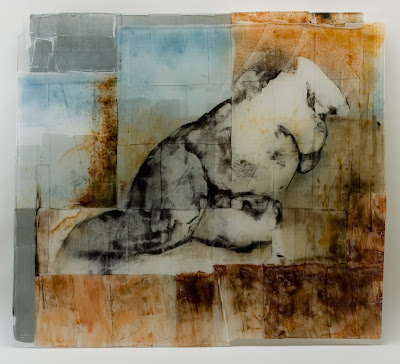CLICK IT! Featured Artist: Cheryl Derricotte
Cheryl Derricotte is a visual artist and her favorite mediums are glass and paper. Originally from Washington, DC, she lives and makes art in San Francisco, CA.
She has an extensive background in the arts and community development. Cheryl holds the Master of Fine Arts from the California Institute of Integral Studies (CIIS), the Master of Regional Planning from Cornell University and a B.A. in Urban Affairs from Barnard College, Columbia University.
Recent awards include the Windgate Artist Fellowship at the Vermont Studio Center (2020/2021); Antenna Paper Machine Residency; San Francisco Individual Artist Commission, and the Puffin Foundation Grant, (all 2019/2020). She is also the recipient of the Hemera Foundation Tending Space Fellowship for Artists; the Rick and Val Beck Scholarship for Glass; Emerging Artist at the Museum of the African Diaspora; Gardarev Center Fellow; Art Alliance for Contemporary Glass’ Visionary Scholarship and a D.C. Commission on the Arts & Humanities/ National Endowment for the Arts Artist Fellowship Grant.
Washington Glass School blog catches up with Cheryl as her work is part of the WGS Contemporary online exhibit “CLICK-IT!”
Washington Glass School (WGS): Describe your artwork method/process.
Cheryl Derricotte: I make art from research. This type of inquiry also leads me not just to economic but also environmental concerns. Observations of current events, politics, and urban landscapes are my entry into these issues. 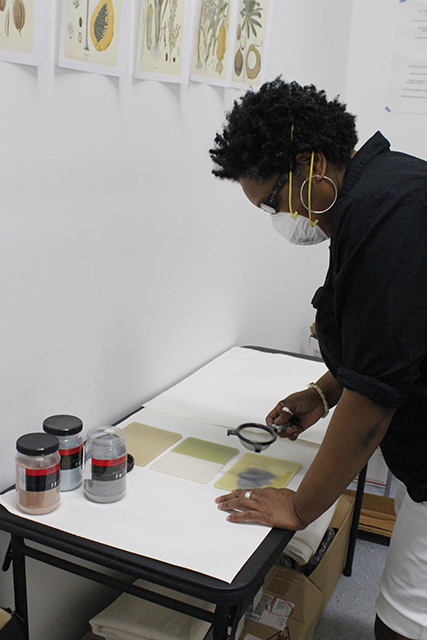
To make my work I use a variety of glass and printmaking techniques. My cold glasswork (unfired) often takes form as sculptural mixed media, involving books and found objects. Warm glass means work fired in a kiln up to approximately 1,500°F. I enjoy layering images and text onto warm glass pieces, featuring public domain historical photographs, drawings, or my own photographs. My preferred techniques include screen-printing with glass enamels or powder printing. My work on paper employs the techniques of image transfers, ink stamping and collage. Over the past few years, I have been enjoying learning the craft of bookbinding. I recently exhibited my first artist book, entitled “Emily” about a runaway slave’s journey along the Ohio River.
WGS: Describe your work in the show and highlight aspects that the viewers should understand about the work.
Cheryl Derricotte: Most often I create work in series. “Oil and Water,” looks at communities that live in the shadow of oil: California places like Richmond, Los Angeles and Manhattan Beach. The two pieces in the show use historical images from Los Angeles.
WGS: Do you do a lot of planning in your work – or is there an element of chance while working?
Cheryl Derricotte: I do a lot of planning! Text is an important component of my artwork. I often say that I live under the tyranny of title. A phrase will get stuck in my head, such as “21st Century Capital” and I wrestle with it until an artwork is created. Thus, many of my pieces have titles before I ever make a schematic drawing, much less cut a piece of glass.
WGS: How have you handled the Covid lockdown?
Cheryl Derricotte: The lockdown has been tough. My studio building – where I do my glasswork & house my kiln – closed in the first week of March. In order to stay in touch with my creativity during the lockdown, I took short online classes in printmaking & bookarts; I developed a sketching practice.
My studio building recently became accessible again under San Francisco’s phased re-opening of businesses, and I am excited to get back to glass in July. I have been invited to participate in an upcoming show at the French Embassy in San Francisco, and I am going to make some new works appropriate to the show’s theme.
WGS: What artwork/event has moved you and got you thinking about your own work?
Cheryl Derricotte: The returned societal focus on police brutality, has made one of my series on paper more relevant than ever before. “The Blue Wall Project” maps people killed by the police using data from the Guardian UK’s “The Counted” and the Washington Post’s “Fatal Force.” Thanks to funding from the Puffin Foundation, I am moving this work online so activists can use my visuals for posters and postcards in support of efforts to #DefundThePolice and re-invest that money in more meaningful community programs, including the arts.
WGS: if you were not an artist – what would you be?
Cheryl Derricotte: That’s easy! I already have a dual identity. I am also a licensed city planner. I have worked “day jobs” in real estate development and facilities management for many years in both non-profits and corporate/tech spaces. I make art and creative places. I have never met a warehouse space I didn’t like.
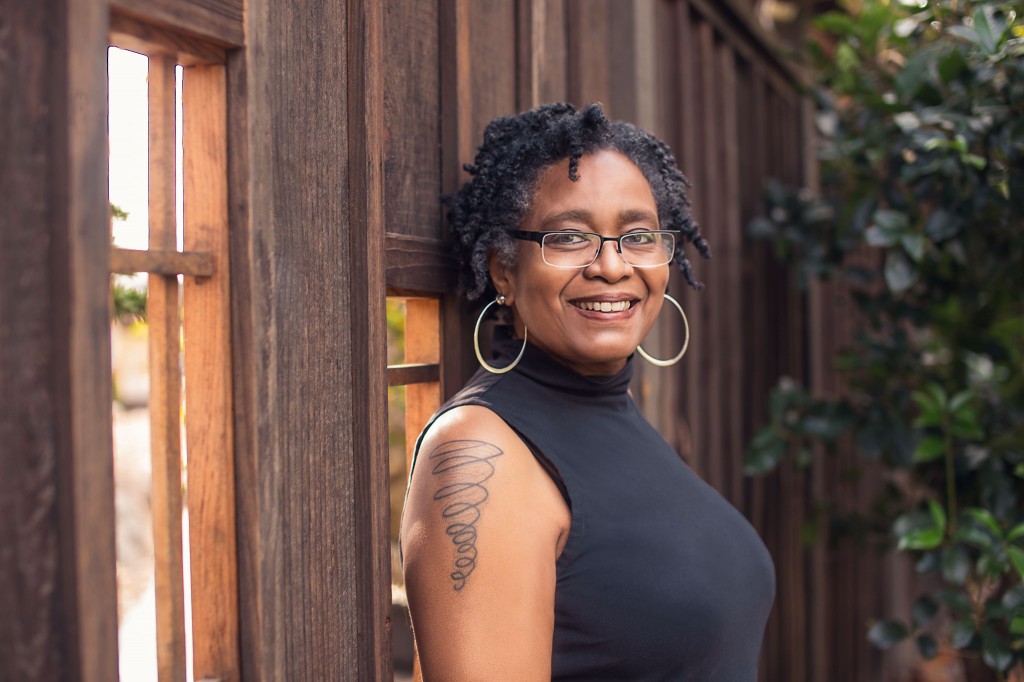

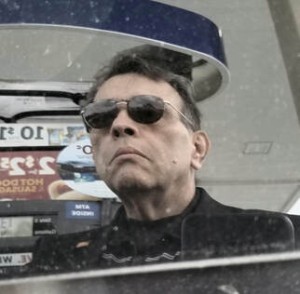
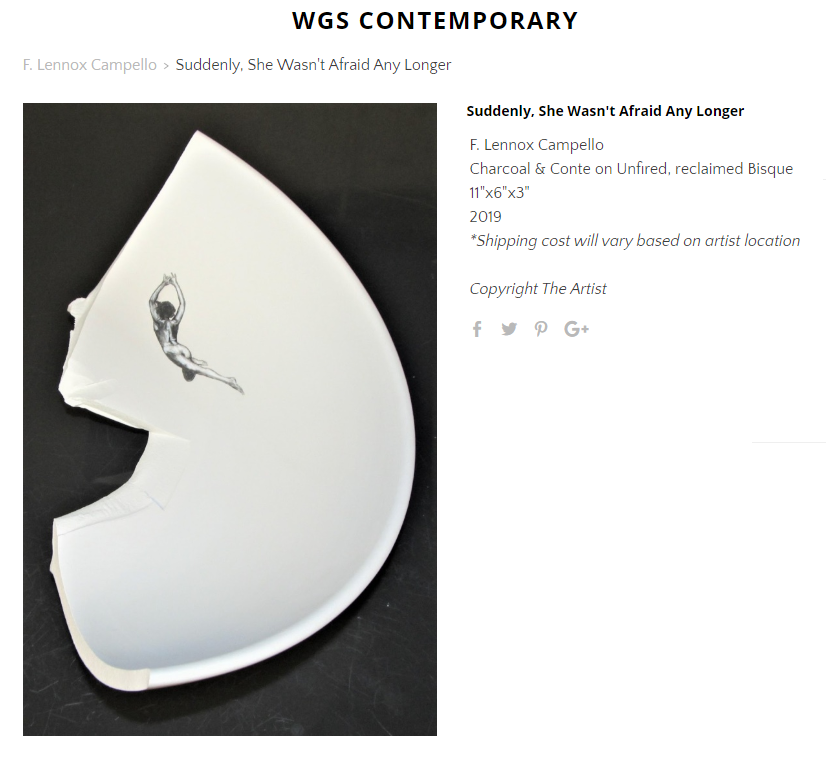
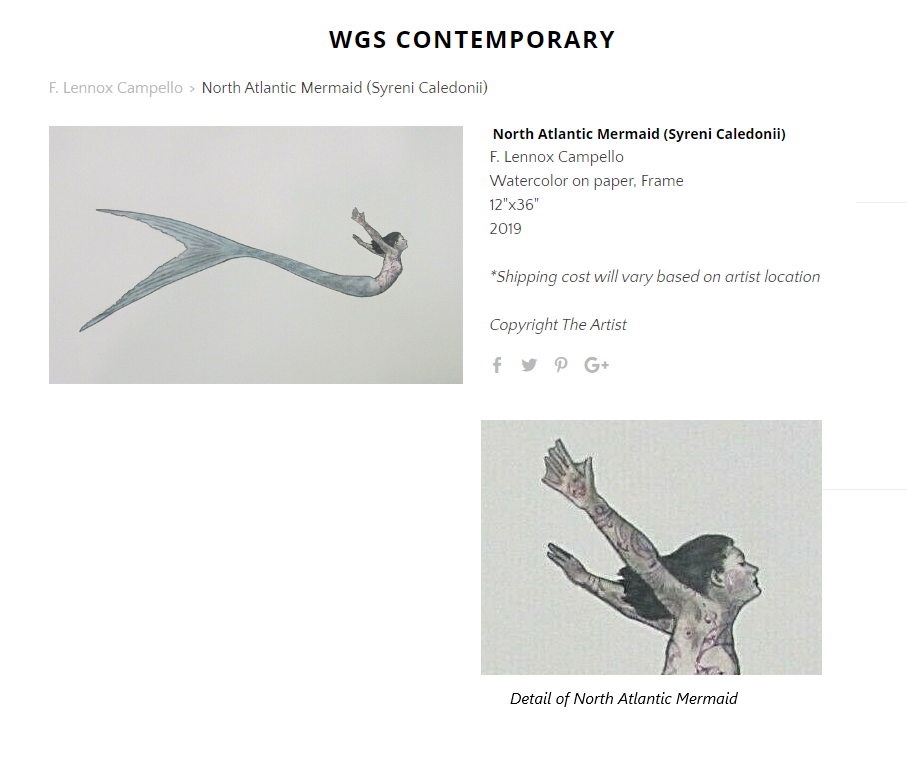
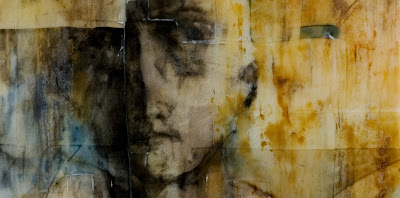
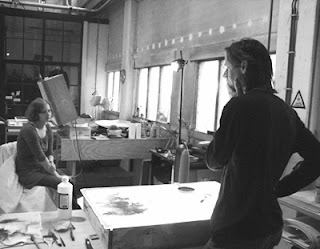
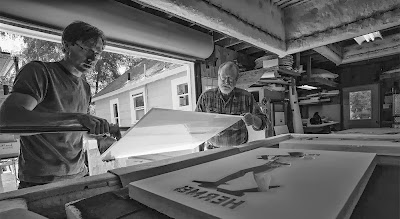
.jpg)

